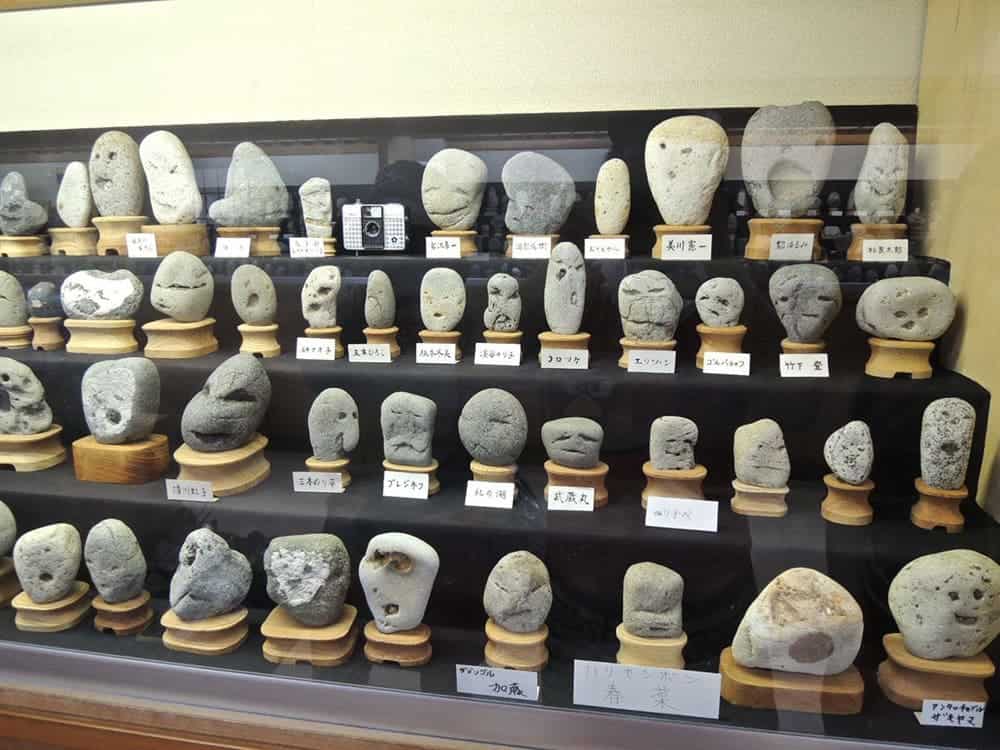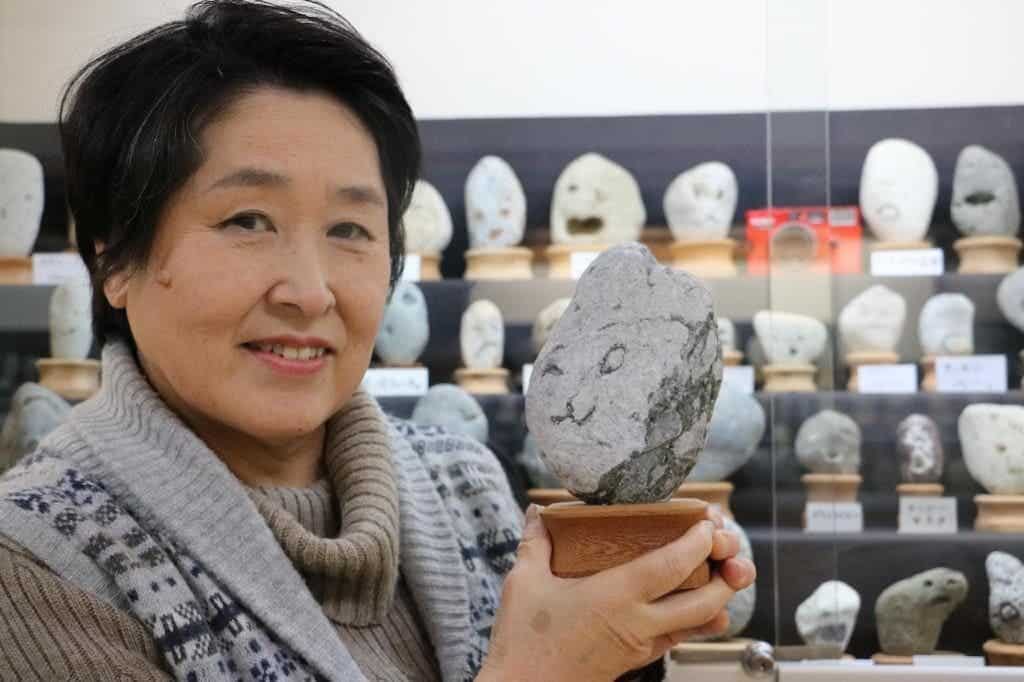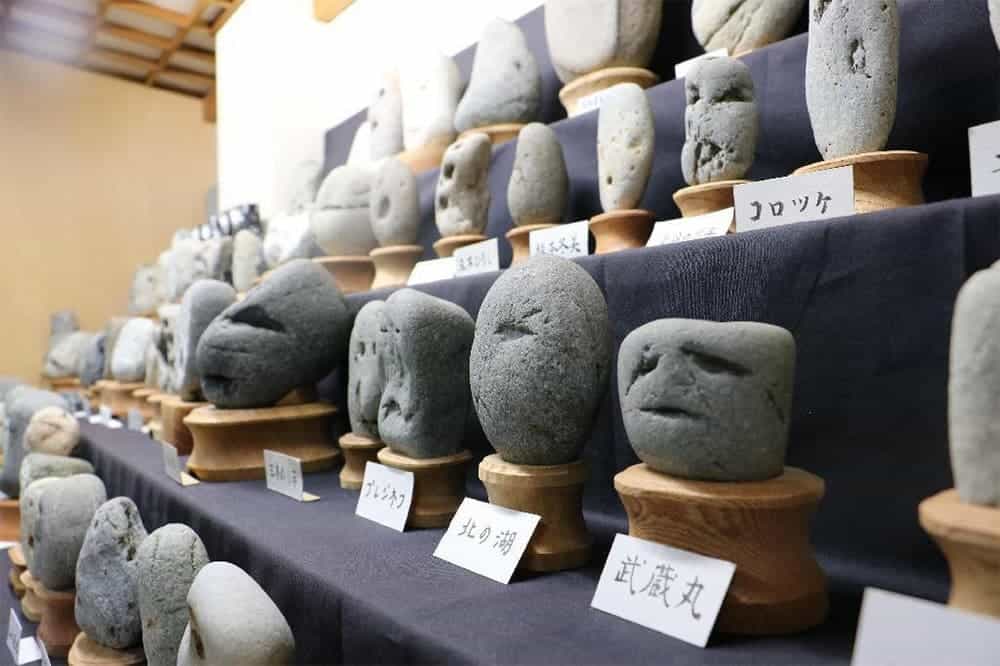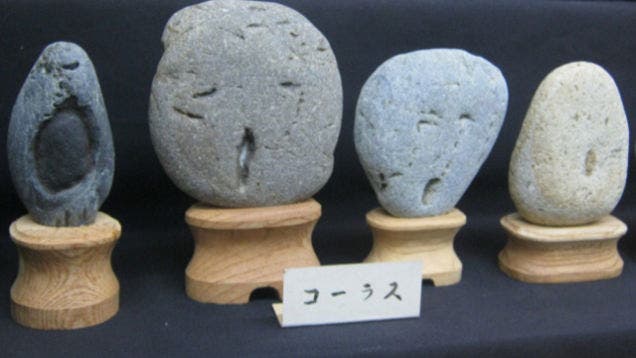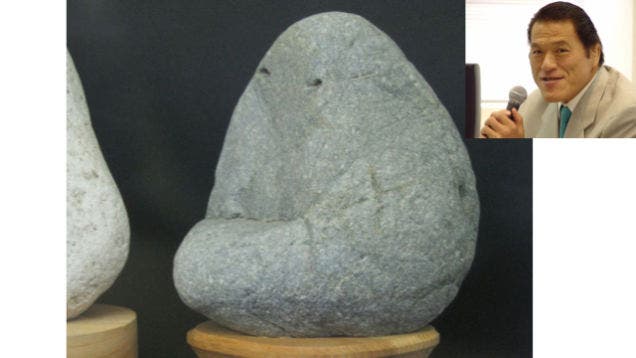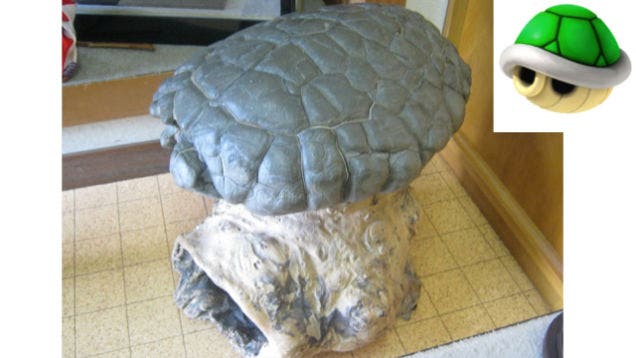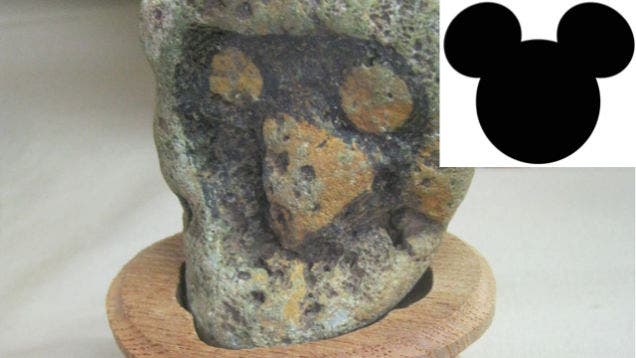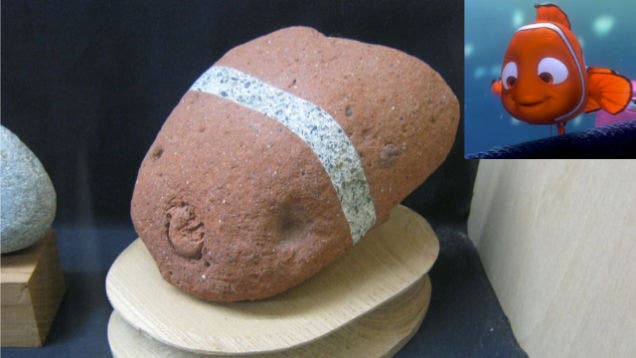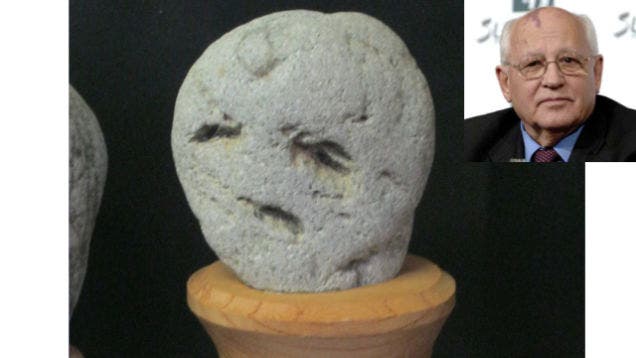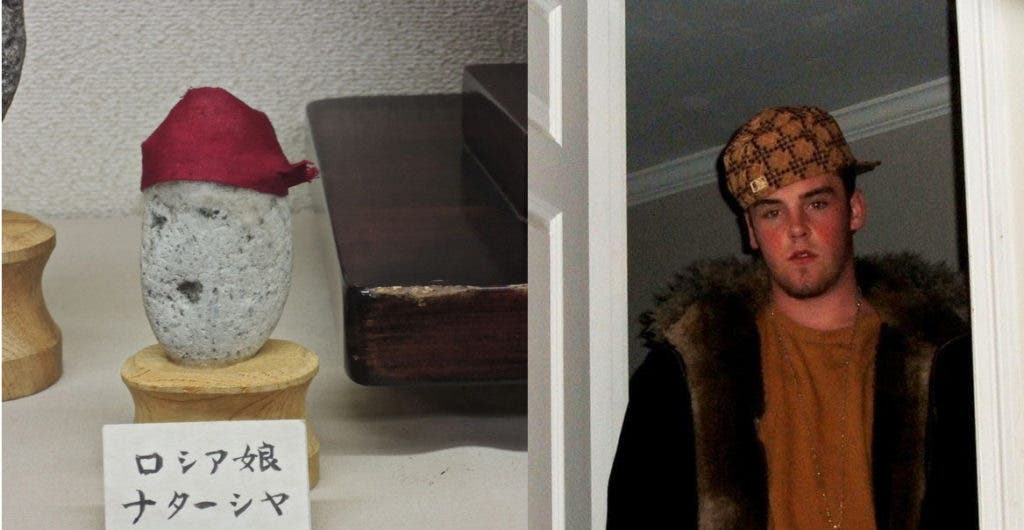Venture just a couple of hours northwest of Tokyo, and you’ll stumble upon a museum that’s unlike any other. Welcome to the Chinsekikan, or the ‘Hall of Curious Rocks’, where over 1,700 stones, each with its unique tale, await your perusal. Remarkably, around 900 of these bear an uncanny resemblance to faces—both famous and familiar. Among some of the celebrities housed at this Madame Tussaud’s for minerals are E.T., Elvis Presley, and Jesus Christ.
A museum where nature is the only artist
Humans tend to see patterns in things around us — it’s how our brain works and how we simplify and process the mind-boggling amount of visual data that’s available to use every day. But in our relentless pursuit to make sense of the world, we often perceive patterns—even when none exist.
Whether it’s a cloud shaped like a dragon or a toast that seems to feature an image of a saint, our minds are constantly seeking familiarity in the mundane. And faces? They’re among the most common patterns we discern. Psychologists call this phenomenon pareidolia, and you’ve probably experienced it at some point.
But instead of brushing it off, the Chinsekikan invites you to celebrate this quirk, encouraging you to embrace the wonder of imagination.
This one-of-a-kind museum was founded by Shozo Hayama who has collected strange-shaped, unaltered rocks for fifty years. Since Hayama passed away in 2010, the museum has been run by Yoshiko Hayama, the founder’s wife.
Among the collection, you’ll find weird rocks resembling real and fictional celebrities, among them Japanese sensation Donkey Kong, Mickey Mouse, Nemo the clownfish, or the mercurial Boris Yeltsin
As you journey deeper into the museum, you’ll encounter not just celebrity look-alikes, but also stones that echo everyday emotions and expressions. Some seem to sing in chorus, while others express surprise or contemplation. And every rock, untouched by human hands, stands testament to Shozo Hayama’s belief: that nature, in all its whimsical glory, is the true artist.
It’s not the most popular attraction in Japan, but it’s a good place to spend some time admiring the human portraits drawn by mother nature; or is it our brain’s tendency to overinterpret things?
Either way, the Rock Face Museum (or the Hall of Curious Rocks) hosts over one thousand rocks. Hayama wasn’t expecting that much when he started the museum, but soon enough, the wave of publicity made the museum a tourist hotspot.
Visitors are welcome to come and name rocks, and indeed, many of the rocks have been christened by the visitors. You can also donate your face-like rocks to the museum — just in case you need a new excuse to visit Japan.
Still, some of the celebrity-lookalike rocks are more convincing than others.
Geologically speaking, the anthropomorphic features you see etched on the rocks are due to the weathering of certain minerals and imperfections. Weathering and cracking usually occur along a plane of weakness or a sedimentary layer. Many of the rocks featured in this article, for instance, seem weathered by flowing water.
And while some minerals, like quartz, resist nature’s chisels, others, like micas, yield more easily, crafting the intricate visages you see.
As for what compelled the founder of the museum to amass such a collection, it’s unclear whether Shozo Hayama had a more advanced pareidolia or simply thought it was a cool idea. Either way, we’re pretty glad he did it — and aside from the museum itself, the exhibit also sheds some light on this under-discussed phenomenon.
A recent study suggests an anomalous interplay between the brain’s frontal cortex and posterior visual cortex is what leads some people to see faces in objects more often than others. But it is totally normal to notice faces in rocks or other objects because our brains are hard-wired to spot such patterns.
Chinsekika looks fun to visit and a welcomed breath of fresh air if you enjoy visiting more traditional geological museums. It promises not just a visual treat, but also a deep dive into the wonders of nature and the human mind.
